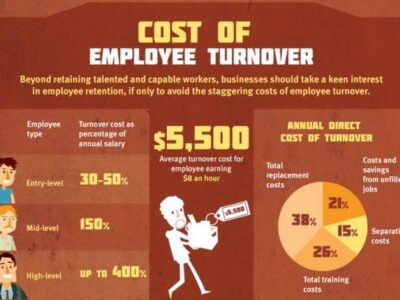As the world slowly begins to contemplate returning to the office after these long and difficult 18 months defined by the COVID-19 pandemic, the reality is that it’s not quite so easy as just telling your staff to start commuting again. Between ongoing fears of new variants, minors still not able to receive the vaccine, and the subsequent social anxiety that results from being isolated for so long, many people will find it difficult to make the mental switch back to full-time office work.
With that in mind, in the most recent edition of the TeamBuilding Saves the World podcast, Success Improv co-founder Ben Winters offered his advice on managing and setting expectations, as well as tips for calming those very real post-pandemic anxieties.
5 Tips for a Smooth Return
When it comes to a return to the office after COVID, there are a few things you, as a company, as executives, and as employee advocates, can do to help ease fears and make the process run much more smoothly. Here are a few key elements to keep in mind.
1. Set realistic expectations.
“Every aspect of life, business, relationships, family, like everything, we all have expectations around everything,” Winters stressed. People can get upset because they don’t know what’s expected of them, and it creates a heightened sense of anxiety and fear in turn. People don’t do well dealing with the unknown, so it is crucial to create clear, easy-to-understand expectations as to what, exactly, a “return to the office” means for your company. Make sure it is specific, without vague language — if it needs to be updated or changed due to fluid circumstances, then update the expectations accordingly, but don’t just have a general plan that is low on details.
2. Communicate your expectations.
Having a solid plan in place with concrete expectations for employees is great — but sharing it with those same employees in a clear, concise way will make space for a healthy work environment. Communicating throughout the process also helps alleviate fears — giving employees a space to give feedback and alerting them immediately about any changes and the reasons behind them will help ease anxieties and make the transition feel much more natural for everyone. “Communication is something we’ve all forgotten how to do,” said Winters, “but it is important for us to communicate our expectations so that we can come to a common ground and negotiate.”
3. Be flexible.
Even as many states are relaxing restrictions, numbers in others are starting to climb again, making the entire COVID-19 pandemic still very much a moving target. Set goals and have a solid plan in place, but be prepared to adjust it — probably frequently — as situations change. When employees express their concerns or fears, make sure to take that into account as plans shuffle around. Perhaps easing back in with a hybrid working environment will be the best option. Perhaps your team is anxious to get back to the office full-time. Perhaps you have employees that have found working from home really works for them and would prefer to stay remote full-time. While you don’t have to accommodate every request, be prepared to bend a little as everyone tries to figure out how to make the new normal work for them.
4. Assess what is reasonable.
Take a moment to breathe and ask yourself — and your employees — whether the anxieties they are feeling about returning to the office are reasonable or if they are a product of uncertainty and jumping straight to “worst case scenario” mode. Take stock of what you are feeling and determine if it is a legitimate worry, or a baseless, formless fear, and then act accordingly. Being anxious is a very valid feeling, but make sure those anxieties are based in the probable reality, not the worst case scenario.
5. Consider everyone’s expectations.
What you expect to happen when the team begins to return is not going to be the same as what another executive or employee envisions. Again, this draws back to setting clear expectations and communicating them well, but make sure to take everyone’s thoughts and opinions into account. No decision is made in a bubble, and the return to the office impacts every single person in the company. Not only that, but everyone’s perceptions of the pandemic, and their comfort level with returning to environments where they are in contact with other people, will be different based on their own situations and lifestyles. Understanding where everyone is coming from will go a long way towards allowing the company to create a return plan that works for everyone.
If you keep these 5 tips in mind, returning to work after COVID doesn’t have to be an anxiety-ridden affair, but instead a gentle process that eases everyone into the new normal, allowing people to be excited about the future, rather than fully anxious. To hear the full podcast and learn more tips and tricks for easing anxiety about going back to work in the office, visit TeamBuilding Saves the World.












